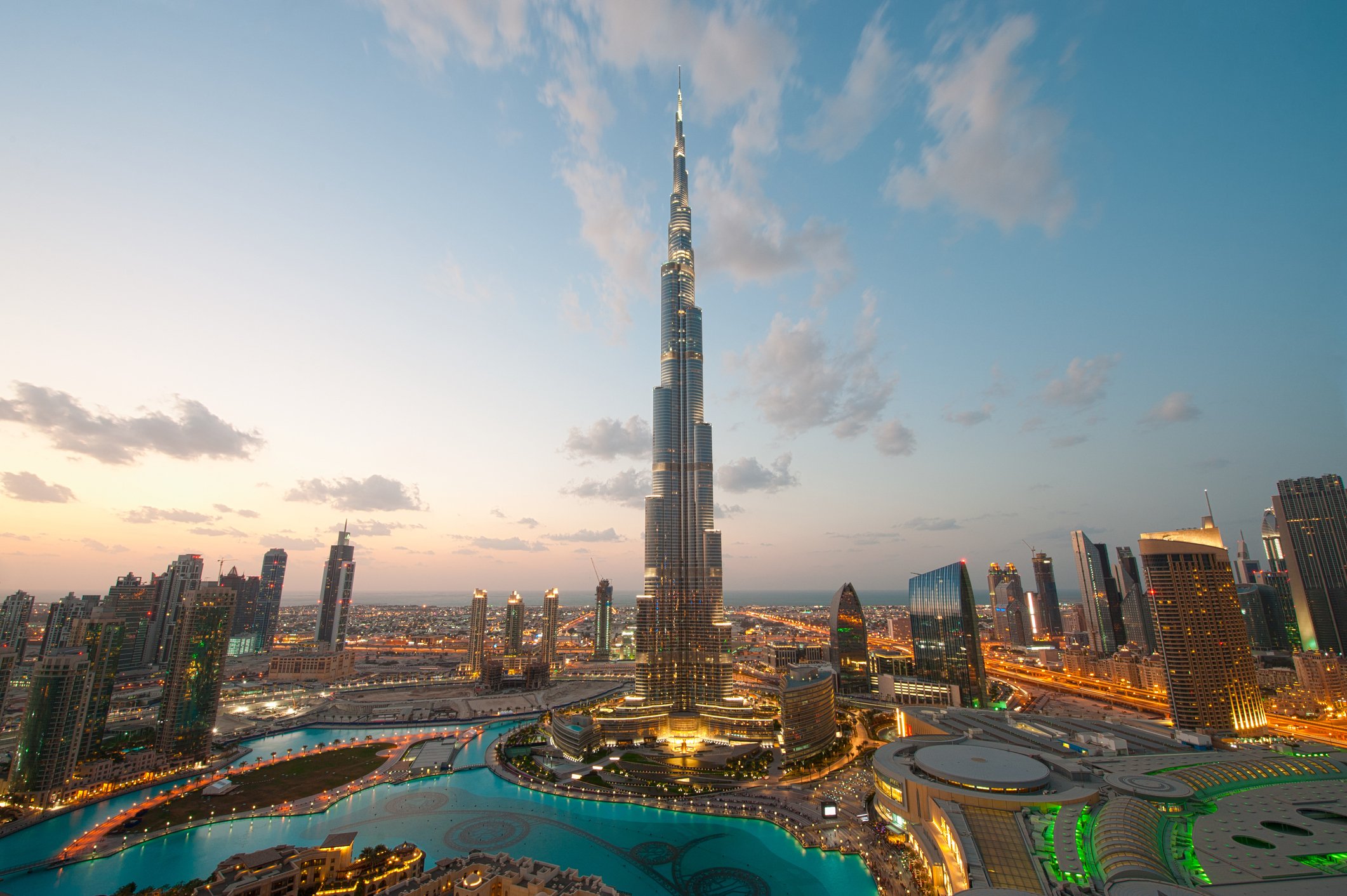
Deep in the Arabian desert on the southern edge of Dubai is an aptly named experiment in sustainable urban living called the "Sustainable City." Hailed as the city’s first net-zero energy housing development, this community is being held up as a shining example of what a greener life in the region might look like.
But how sustainable is Dubai’s Sustainable City? Who is it for? And what does this place tell us about the concept of sustainability itself? To answer these questions, we need to take a closer look at the larger-than-life metropolis that surrounds and defines it.
Dubai: into the Wild Green Yonder
Dubai is a place where fever dreams come true. In the span of a few short decades, it has undergone a stunning transformation from a small fishing village into a futuristic luxury city glittering off the coast of the Persian Gulf.
As the eponymous capital of the emirate of Dubai in the United Arab Emirates (UAE), it is both a hub of multinational corporate finance and a high-end tourist destination. Among its sensational attractions are a series of artificial islands, an indoor ski resort, a massive swimming pool containing an underwater city, and the tallest building on Earth, the Burj Khalifa.
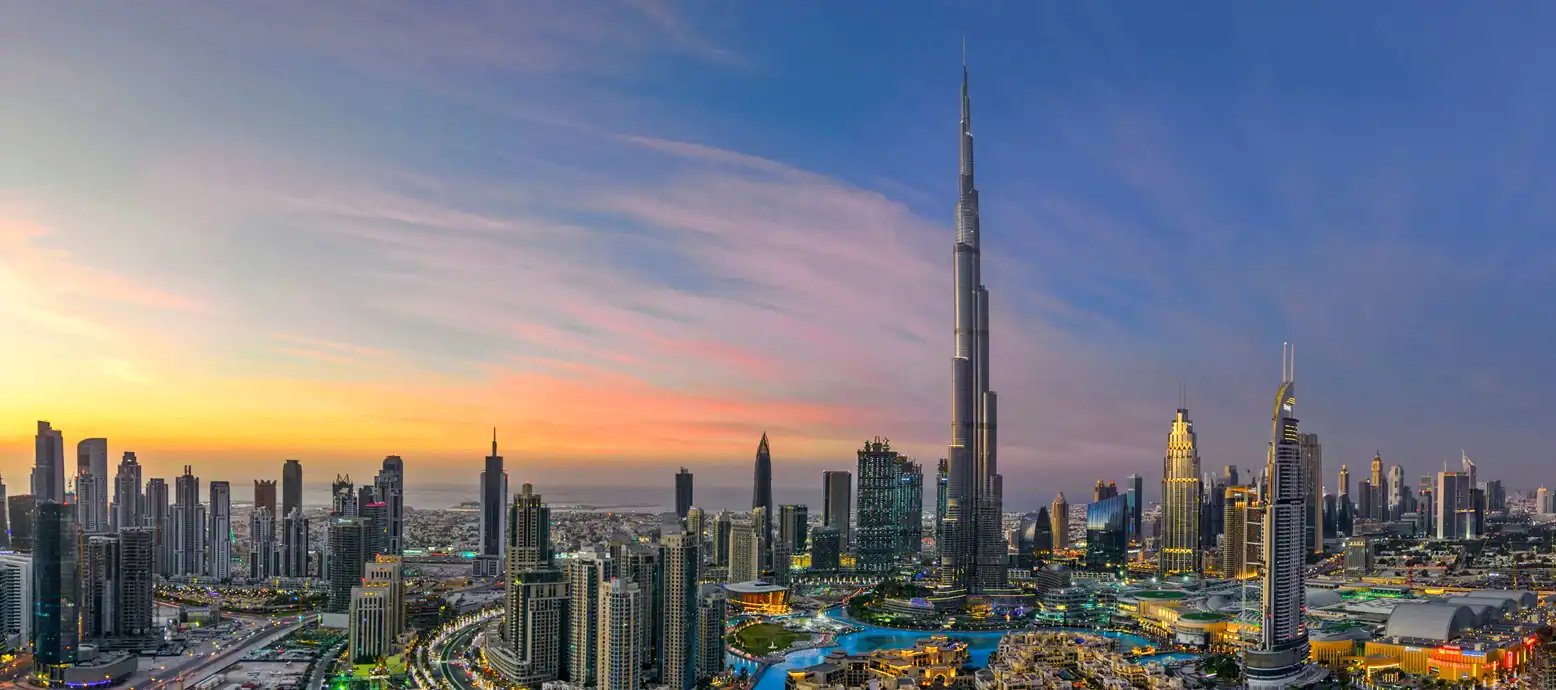
The Burj Khalifa in downtown Dubai. (Image Source: Visit Dubai)
Dubai has also been ranked as one of the world’s most sustainable cities by Arcadis, a global consultancy firm specializing in sustainable design.
Right away, this designation might raise a few eyebrows. After all, much of Dubai’s current wealth and prosperity is due in part to its history as a major exporter of oil. It has also historically had one of the world’s largest carbon footprints per person. Sustainability may seem a tad at odds with a city that’s built its image on real estate booms, mega-construction projects, and the opulent lifestyles of its inhabitants.
To be fair, though, Dubai has diversified its economy in recent decades, with oil now reportedly making up less than 1% of its gross domestic product. What’s more, the city has indeed committed to making itself more sustainable. As early as 2010, it adopted a series of green building regulations to enforce sustainability standards in government structures. Dubai’s leadership also aims to transition the city’s energy to 25% renewable and 75% “clean” sources by 2050. To accomplish this, Dubai is building the world’s largest solar park as well as an enormous waste-to-energy plant that, when completed, is expected to provide clean energy for up to 120,000 households.
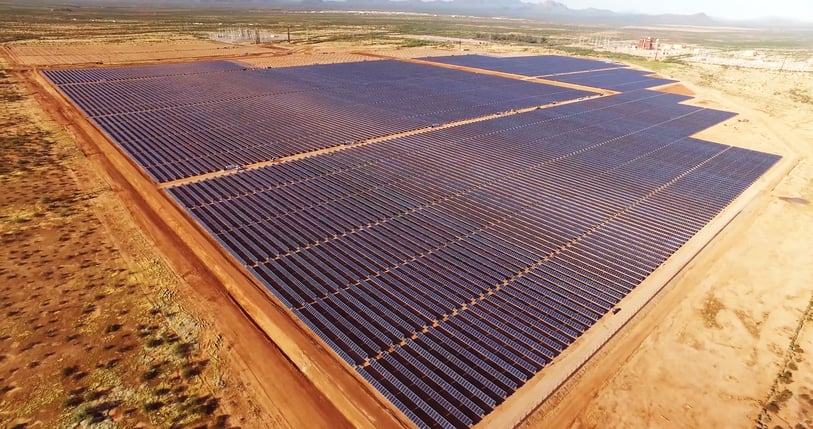
The city has embraced a number of other green initiatives as part of its Dubai Plan 2021 and the $1.8 billion Green Dubai Project.
So, is Dubai a sustainable city? In short, no–not yet, anyway. We’ll explain why in a moment.
First, let’s get back to the Gulf Tiger’s most eye-catching foray into sustainable urban living: The Sustainable City.
Related Content:
The Sustainable City
Much like Internet City and Media City before it, the Sustainable City is Dubai’s latest manifesto written into the urban landscape; as much a technological jewel box as it is an actual place. And while it’s been marketed as a paragon of sustainable living, the Sustainable City still relies on the largely unsustainable systems of its parent city.
Built by Diamond Developers and unveiled in 2015, the Sustainable City is a $354 million residential zone of 89 apartment buildings and 500 villas. The community is organized into five walkable clusters that currently house about 2,700 residents. By car, the 114 acre site is about 30 minutes from Dubai’s coast and only 11 minutes from the nearby Trump International Golf Club.
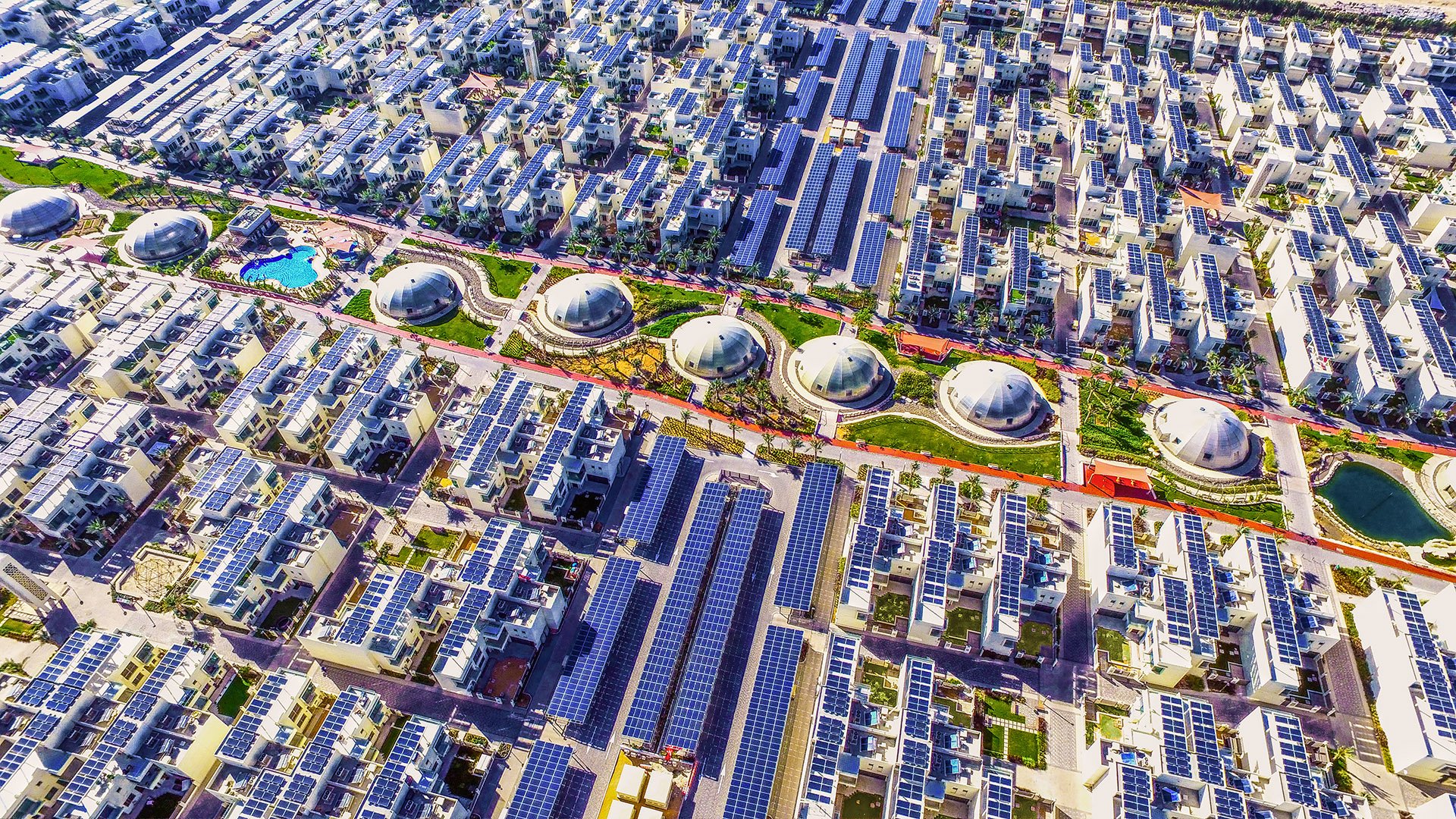
The Sustainable City (Source: The Sustainable City website)
The Sustainable City boasts a number of genuinely impressive green features. The homes are designed to shade each other, making them easier and cheaper to cool in the desert heat. Strategically placed wind towers cool the air on the streets. A verdant park runs the length of the development, complete with 11 biodome greenhouses for urban farming that are irrigated by two lakes filled with recycled greywater. Designed primarily for pedestrians and bicyclists, vehicles are banished to a nearby car park shaded with solar panels. These, and the solar arrays on the roofs of the villas, generate the lion’s share of the community’s electricity. LED lights, solar water heaters, and low-power appliances reduce energy needs by up to 50%. Each resident is furnished with a free electric golf cart to get around the development, or a $10,000 subsidy for an electric vehicle of their choice. Onsite amenities include a gym, swimming pool, and equestrian stables, as well as a small mixed-use plaza containing a variety of retail stores, entertainment, offices, restaurants, and coffee shops.
The Less-Than Sustainable City
Despite its shiny emerald image, the Sustainable City isn’t quite as green as what meets the eye.
“Net-zero” branding
Let’s begin with how the city brands itself. On its website, the developers trumpet the Sustainable City as “The first net zero energy city in Dubai, modeled to become an international showcase for high quality sustainable living.”
There’s just one problem: The “net zero” part–that each household generates as much energy as it consumes– isn’t true. In a 2019 Reuters article, Diamond Developers’ Chief Sustainability Officer Karim El-Jasir disclosed that, contrary to what its website claims, the Sustainable City still actually consumes more energy than it produces. No precise figures have been released about the development’s energy consumption, so it’s difficult to say how much comes from clean or renewable sources. To be fair, the community’s roof mounted and car park solar panels have certainly helped shrink its overall carbon footprint, but marketing the luxury housing development as completely “net zero” appears to be disingenuous.
Water
The Sustainable City’s website also boasts of the community’s robust water recycling measures. What it fails to mention is that, according to Reuters, one of the systems for recycling water from showers and washing machines was decommissioned when it was discovered that phosphates from the soap were creating algae blooms in the lakes.
Which brings us to the most unsustainable aspect of the Sustainable City: where it gets its water. Remember, Dubai is deep in the desert and there are no sources of freshwater. To survive, the city uses a carbon intensive process called reverse osmosis desalination to convert 182 million liters of seawater into drinkable water for its nearly 3 million inhabitants every day. This requires a massive input of energy, and outputs large amounts of greenhouse gasses as a result. Though some water recycling takes place in the Sustainable City, most of its drinkable water still comes from Dubai’s natural gas powered Jebel-Ali desalination plant.
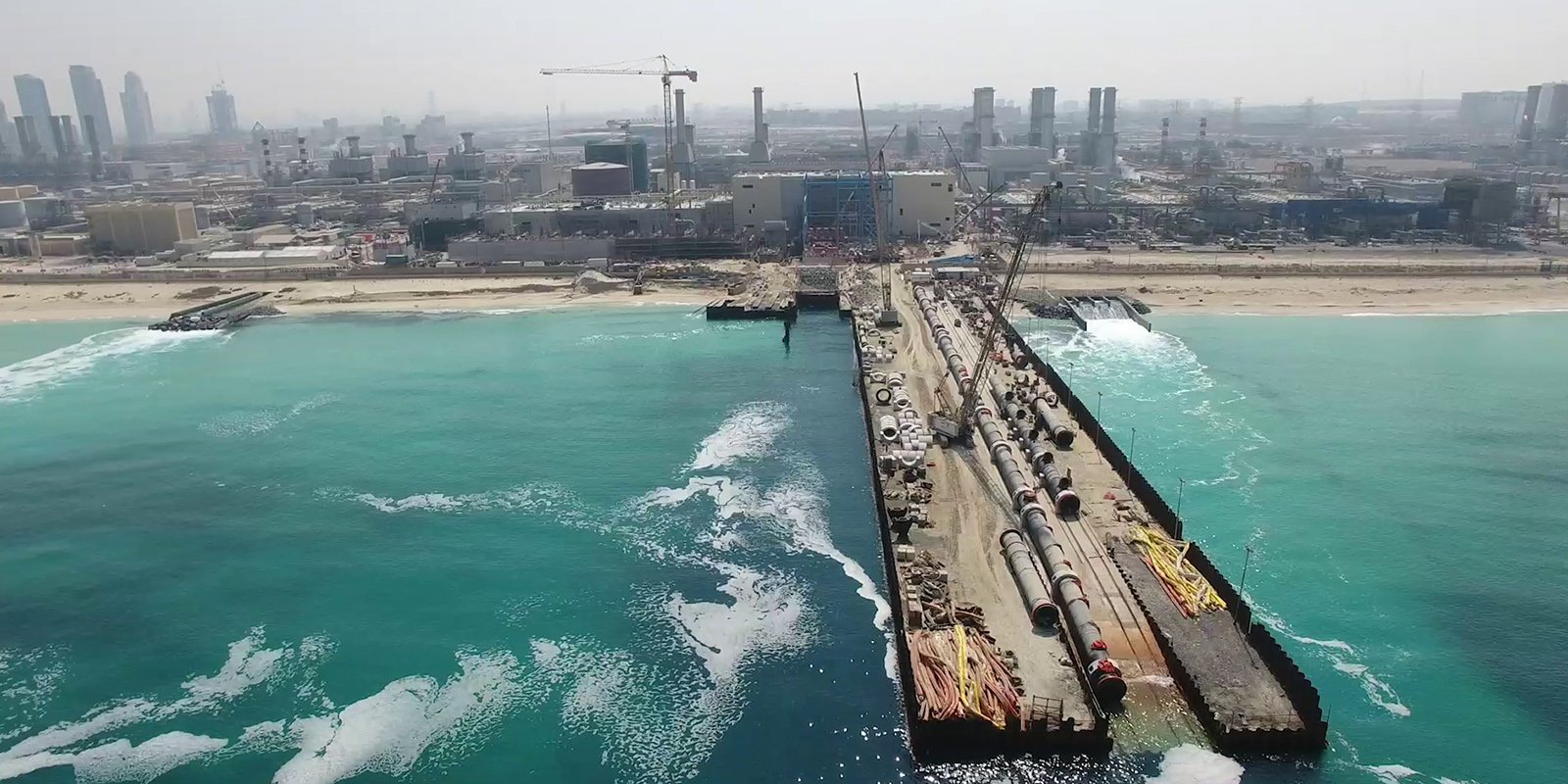
Image Source: Accionia.com
Urban design
One could also argue that the Sustainable City is deficient from an urban design perspective. A sustainable urban theorist like Peter Calthorpe–who favors compact, mixed-use, and high-density neighborhoods–would likely criticize the luxury community for its low-density layout and contributions to urban sprawl. Granted, he and others from the New Urbanism school of thought would likely give it points for being a walkable area that’s mostly free of cars. Still, the Sustainable City is poorly integrated into the rest of Dubai, making it an island of relative sustainability in a sea of unsustainable urban developments. With limited access to public transit and only a few on-site amenities, the area’s residents are forced to drive if they want to go anywhere beyond the tree lined borders of their green oasis.
Affordability
Finally, like many sustainable development projects worldwide, Dubai’s Sustainable City has a major affordability problem. Even the cheapest of its 500 villas has a pricetag of nearly $1 million. It’s safe to say that this is far beyond what any of the workers who staff the stables and various small businesses on-site could afford. This is speculation; it’s more likely that these employees live off-site, and are therefore forced to commute to work from other parts of the city in vehicles that emit carbon dioxide–again undercutting the development’s claims to sustainability. Indeed, Dubai is notorious for its mistreatment of migrant workers, many of whom are banished to live in squalid labor camps on the edge of the city.
As we depart the Sustainable City, what we’re left with is an undeniably dazzling yet misleading display of what sustainable living looks like in the City of Gold. Here’s student writer Shanti Escalante-de-Mattei summing up her takeaway in an article for the Gallatin Research Journal:
Ultimately, the Sustainable City fits too neatly into the general pattern of island making in Dubai to represent anything more than an isolated community of experience, consumption, and lifestyle. An island of recycled desalinated water does not pose a challenge to the broader issues of consumption in resource deprived Dubai, which depends on the continuous construction of mega-developments and luxury branding to survive.
Dubai: Down to Earth
Dubai may be making some genuine and admirable strides towards sustainability, but it still has one of the world’s largest carbon footprints in comparison to other cities.
Indeed, a recent study on “green” branding in the UAE concluded that while Dubai’s greenward shift was impressive, its policies and initiatives so far had “had little effect on its ecological footprint” and that some critics might even go so far as to deride projects like the Sustainable City “as advanced forms of greenwashing.”
With all this in mind, it seems premature to rank Dubai as one of the world’s most sustainable cities. Our assessment may seem unfair to some. After all, not even the most widely applauded sustainable cities are completely “green.” That said, we believe Dubai’s trademark opulence and unique ecological and climatological conditions make it worthy of extra scrutiny.
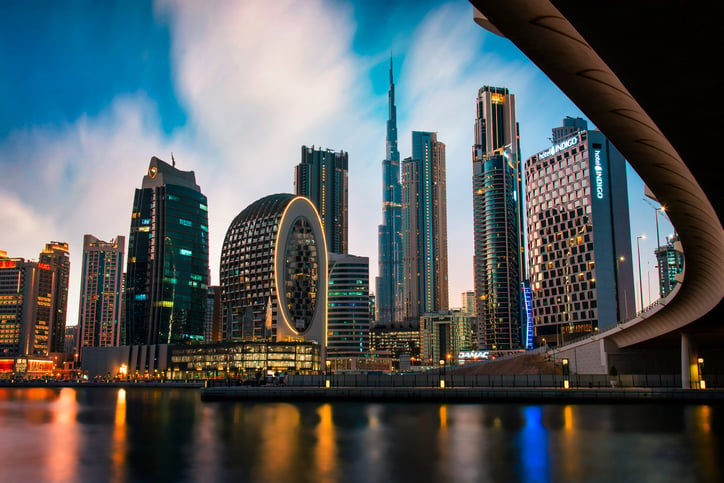
It bears repeating that Dubai is a city in a desert with virtually zero agricultural land or sources of freshwater. It is therefore overly reliant on the import of food and other resources. To be fair, the city’s leadership is taking steps to address the region’s food scarcity problem and they aim to transition Dubai’s desalination plants to solar power by 2030. The city won’t be out of the woods even then, however, as it fails to take into account another environmentally harmful byproduct of desalination: emissions of salty, toxic brine that damage ecosystems and make water increasingly difficult to desalinate over time.
Here’s National Geographic writer Robert Kunzig speaking on the subject in his piece, The World’s Most Improbable Green City:
Dubai will always depend on desalination for its drinking water. The problem is not so much the tremendous energy it takes—that will eventually come from the sun—but the hot brine that’s left over and discharged into the [Persian] Gulf. A shallow, almost closed sea, the Gulf is already 20% saltier than the ocean, and it’s getting saltier: In addition to the hypersaline brine pouring into it, dams in Turkey and Iraq are diverting fresh water and climate change is increasing evaporation. In time the Gulf could become too salty to desalinate economically or to support much in the way of marine life.
Speaking of climate change, Dubai and the Middle East in general may soon get so hot that the entire Persian Gulf region will become uninhabitable for humans. As global urban populations explode between now and 2050, more and more people in rich cities like Dubai will attempt to stay cool in air conditioned buildings, another major contributor to the global climate crisis.
Remember, we’re talking about a city that has a massive indoor snow hill created by air-conditioning. While no exact figures are available, a 2013 report on the subject estimated that Ski Dubai’s annual carbon footprint is equivalent to about 900 round-trip flights from Dubai to Munich, Germany. This figure is especially sobering in light of the fact that even a single one-way flight emits more carbon than most people do over the course of an entire year.
Bottom Line
In the end, Dubai in all its dizzying contradictions starkly illustrates the urgent need for truly sustainable cities and the grave threats that even the most luxurious and technologically-advanced human settlements face in the age of global warming.
Who is the sustainable city for? If sustainability is to be achieved within any city, then surely it must be for everyone. Gated communities like Sustainable City may serve as effective showcases for green technologies, but it’s only a mirage as long as the dream is reserved for the exclusive few. Instead of flashy high-end eco-developments, perhaps Dubai’s leadership should prioritize retrofitting the city’s already existing buildings and neighborhoods to make them more sustainable, livable, walkable, and affordable.
Time will tell if Dubai can live up to its lofty sustainability goals. It’s clear that it’s got a long way to go. Well-oiled as the city’s marketing machine is, green branding isn’t going to be enough to get it to where it needs to be. Dubai’s countervailing penchant for extravagant construction and unfettered expansion on the backs of exploited workers may yet prove fatal to its budding green aspirations. Still, it’s difficult not to root for the mission. After all, if we can make cities sustainable in a desert, there’s no reason we can’t make them sustainable everywhere.